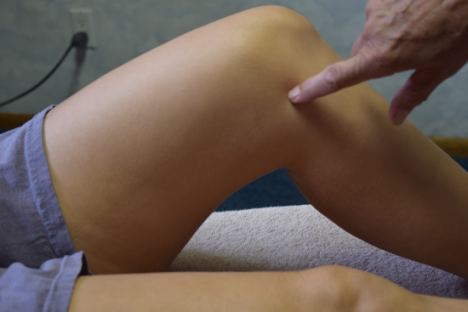Meniscus Tear: Tips for Recovery
The meniscus is a cartilage located inside the knee joint, whose function is to support part of the load that receives this joint, as well as to ensure stability of the knee. In anatomical terms, there are two menisci in each knee, the internal (C-shaped) and the external (crescent-shaped), which act as a kind of meniscus rupture between the shinbone and the femur reducing the force exerted by the body weight transmitted from the thigh to the leg. The rupture of the meniscus can occur in different ways and for different causes.
Table of Contents
Causes
Although defined as resilient and elastic, meniscus injuries and, in particular, meniscus tear, can occur at any age, although before age 30 these are usually due to an injury for Tibial torsion and generally related to the practice of some high intensity sports.
The aging is a risk factor to keep in mind as we grow older, because the meniscus is weakened and loses strength, resulting in a greater chance of suffering a minor injury to perform daily movement, for example, to get up from a squatting position.
Types of Meniscus Tears
Pain and inflammation of the knee are the most common symptoms of meniscus injuries, although the meniscus tears can be of several types:
- Bucket handle meniscus tear or when there is a tearing of the inner edge
- Degenerative meniscus tear
- Flap tear from its free edge
Treatment and Recovery
Relieving the pain of the joint (more intense when walking) and knee inflammation is the first step of treatment. In addition to being advisable to use walking crutches, keeping the knee at rest, another effective remedy is to apply ice and place an elastic bandage to compress the injured area. The doctor may prescribe non-asteroid anti-inflammatory drugs and medications to eliminate pain.
When a meniscus rupture does not always heal on its own, it is common to have to resort to surgery, especially if the symptoms do not recur. In cases of rupture, when it is large enough it can produce a blockage or inability to fully extend the knee. Surgery that, today is generally practiced by arthroscopy, a small incision in the knee to repair the damaged area of the meniscus.
In any case, especially because of the annoying symptoms, should be underestimated rupture or injury of meniscus, as it can have long-term consequences. Thus, the continuous friction of the broken meniscus with the articular cartilage can produce wear, fragmentation and degeneration of the joint. Synovial fluid can build up in the knee, becoming taut and rigid.
It is also advisable, always following the recommendations of the physiotherapist, perform exercises to strengthen the knee muscles and, in the case of undergoing surgery, to perform rehabilitation exercises to improve mobility of the operated knee and reduce pain.
